Artemis Potamianou is a visual artist based in Athens, Greece. She attained a BFA Degree from the Athens School of Fine Arts in 1997 and an MFA from the Staffordshire University, Great Britain in 1999.
Last month, Fizz Gallery in downtown Athens had her 13th solo exhibition, where she showed the Re-view series of C-prints and the installation UTOPIA, You Were Always On My Mind, which took us on an art historical journey though artwork miniatures, notes, texts, and additional paraphernalia that the artist crafted herself or collected over the years.
Artemis borrows, appropriates, and steals from the art world and at a first glance, one may accuse her of embezzling when confronted with her works but that’s not the case. She collects and edits the art tools she appropriates and she further creates systems, which result in new and comprehensive creative comments. Artemis raises questions and creates hypothetical scenarios where art should, could, or would exist.
Her practice knows no limits. Artemis has curated solo exhibitions and projects for established artists in Greece and abroad such as: Candice Breitz, Joseph Kosuth, the Guerrilla Girls, David Campell, Peter Greenaway, Terry Atkinson, and many others. When she makes art, she curates and vice versa. She marries her two identities remarkably well and because she knows the tricks on both sides of the court first-hand, she is a joy to work with. To be a good artist nowadays, it takes way more than being simply an artist in the traditional sense.
Multi-faceted individuals, inquiring minds, and naturally creative thinkers like Artemis are the kind of artists I’ll focus on from March 2011 onwards on Inside the Artist’s Studio.
Please, read and acquaint yourself with Artemis’s work.
Georgia Kotretsos: In Strangeland, art “heroes” traditionally depicted in paintings and sculptures physically occupy a familiar space at museums and galleries. A new context or, better, a new dimension is introduced to them to exist and further interact with each other. I am drawn to your creative exercise and am contemplating the playfulness of your inquiry, yet the heroes are treated as pawns and I am wondering whether art history serves as a board game for your practice?
Artemis Potamianou: This could be one viewpoint. I am particularly anxious for my works to be open to many different readings. In Strangeland specifically, many people thought that there were small narratives and relationships among the heroes, which they had to discover. Viewers often get involved in a game of searching for hidden works and the import of their new paths, and are called upon to question and redefine a reality, which was hitherto taken as a given fact.
The visual language—just like music—is a code.
Upon seeing a familiar artwork, a viewer automatically retrieves a set of mental associations—collective or not—in relation to historical events, political correlations, or personal experiences that go with the work.
For instance, we cannot look at Van Gogh’s sunflowers and treat them like any flowers painted by any artist, and at the same time, we cannot look at real-life sunflowers without getting the mental picture of Van Gogh’s painting. The Re-view series attempts to comment on this mechanism for generating associations and on the excessive consumption of artistic images.
I see the word ‘pawn’ as too strong, almost Machiavellian, particularly in relation to the ‘heroes’ in my work; I prefer the term ‘tools.’ I find your statement regarding art history very interesting—“whether it serves as a board game for my practice.” I cannot help thinking that it has to function in this way, too. At the end of the day, it provides both the context and the field on which every artist’s work claims a place. In the Re-view series, its role comes more prominently to the forefront.
GK: While paging through your portfolio in chronological order, it was easy to follow your creative track of thought. Over the year, you’ve been consistent and loyal to concepts that feed your practice. Is there a work you’ve made or a point you’ve reached that crystallized for you the kind of artistic path you’d choose?
AP: It all started with the work Barcode in Tate, which I made in an attempt to “marry” two different installations—a kind of screenplay with instructions on how to set up my work Barcode at the Tate Modern. This work was made ten years ago, and it totally changed my practice and its viewpoint. Around the same time, I had started to work professionally as a curator of exhibitions. Since then, my work explores the ways and mechanisms of presenting art.
I believe that the atmosphere and the people in the world of art make up a miniature of society: the dynamics of authority, power, collaboration and interaction, the roles, the sources of inspiration, the politics, the setting and the people of art constitute a microcosm with direct analogies to society.
I am particularly interested in the “shell”: the venues, the conditions, the roles required of those who “play,” who participate in this chain of events, and that’s why I often use the triptych of Venue-Artist-Art. My works such as White Cube, Art City, ΤΑΤΕ pose questions about the ways of presenting art, the effect of museum spaces on it and the criteria which determine its artistic character.
In other series of my works, such as Let’s talk about art and the videos Art Seen – Art Scene I, Vitae Parallelae, I examine the role of the artist, his actual and his embellished image and the unreal way in which these are presented to the public in Hollywood films or press photos, the reason and the way in which art is created and the ways in which artists choose to promote their myth.
The works like Art Seen and Art for all explore the role of the viewer in seeing and defining the artistic product. Either by following the route of an average viewer through an exhibition (Art Seen) or by getting the viewer to assume a role as to the artistic product (Art for all), the viewer is the protagonist.
So starting from Barcode in Tate and selecting the appropriate media to fit each project best, I attempt to approach the various viewpoints to a concept.
GK: I am fascinated by Lo and Behold. I best understand the group as a system of support for the artist-members who seem to share common views and goals. It reads loosely, something between a fraternity and a Freemason society. You are one of the founding members of the group, which was established only last year. Would you please share with us the mission of Lo and Behold, the benefits the artist-members enjoy, the successes you had so far, and your immediate plans?
AP: Lo and Behold is a platform based on teamwork. It is an artist-run non-profit organization based in Athens and its goal is to produce and promote cultural activities, both in Greece and abroad, with a focus on contemporary art.
LaB’s objective is to highlight anew the work of art itself and its production strategies as a result of research and thought, independent of its commercial standing. Furthermore, LaB intends to promote and manage contemporary art projects in a flexible and targeted manner, in diverse cultural and social surroundings, an approach unconditioned by the conventionality that is often encountered in local, more constrained contexts.
The difference between LaB and a Freemason society is that we are not an exclusive club. There are no secrets. Any artist or art supporter could be a member of LaB using the site, www.loandbehold.gr. We are always open to new ideas for exhibitions, workshops, etc., which serve the concept of LaB.
GK: You wear many hats and that sometimes confuses simple-art-minded people. You make art, you curate shows, and you teach. I’d like to draw your attention to your curatorial practice. Curating exhibitions requires many skills, knowledge, and care. It’s a nurturing activity expressed towards artworks — while, on the other hand, being an artist is quite a self-oriented practice. What does it take to get to the point as an artist where you’re willing to give of yourself, of your time, of your creative energy — to literally invest on somebody else’s practice? What need/s are you filling by curating?
AP: The boundaries of art are not so clear to me. Many of my curating projects I treat as parts of my work as visual artist, while the mechanisms of art, which my works explore, become part of my curations. Using my twofold role as a visual artist and a curator, I attempt to demonstrate and work on the various parameters that determine and shape the elements which define today’s art. And in order to probe deeply into all parameters, I certainly need to examine them through different roles; the different perspectives of each role are indispensable. To me, in any case, there are certainly no clear dividing lines between each role.
GK: Please, tell me what’s ahead of you… how busy will you really be in the upcoming months?
AP: I hope I will be very busy! I’m making preparations for the show we have at the Tint in Thessaloniki. I want to present a new installation, but unfortunately I can’t give more details at the moment.
In the near future, I’ll be also curating the project space of Mark Titchner at the Macedonian Museum of Contemporary Art in Thessaloniki, and at the same museum, a solo show by Damien Hirst.
Thank you for reading, let there be for all of you a creative 2011.
And, that’s a wrap!

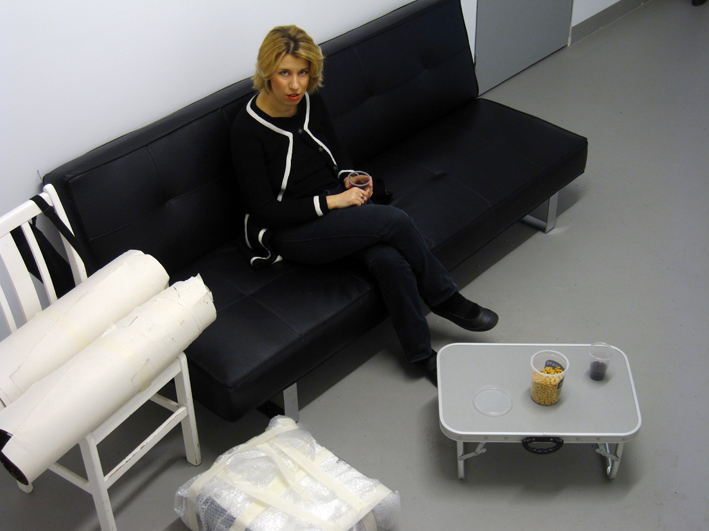
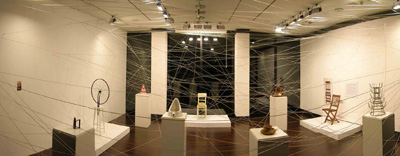
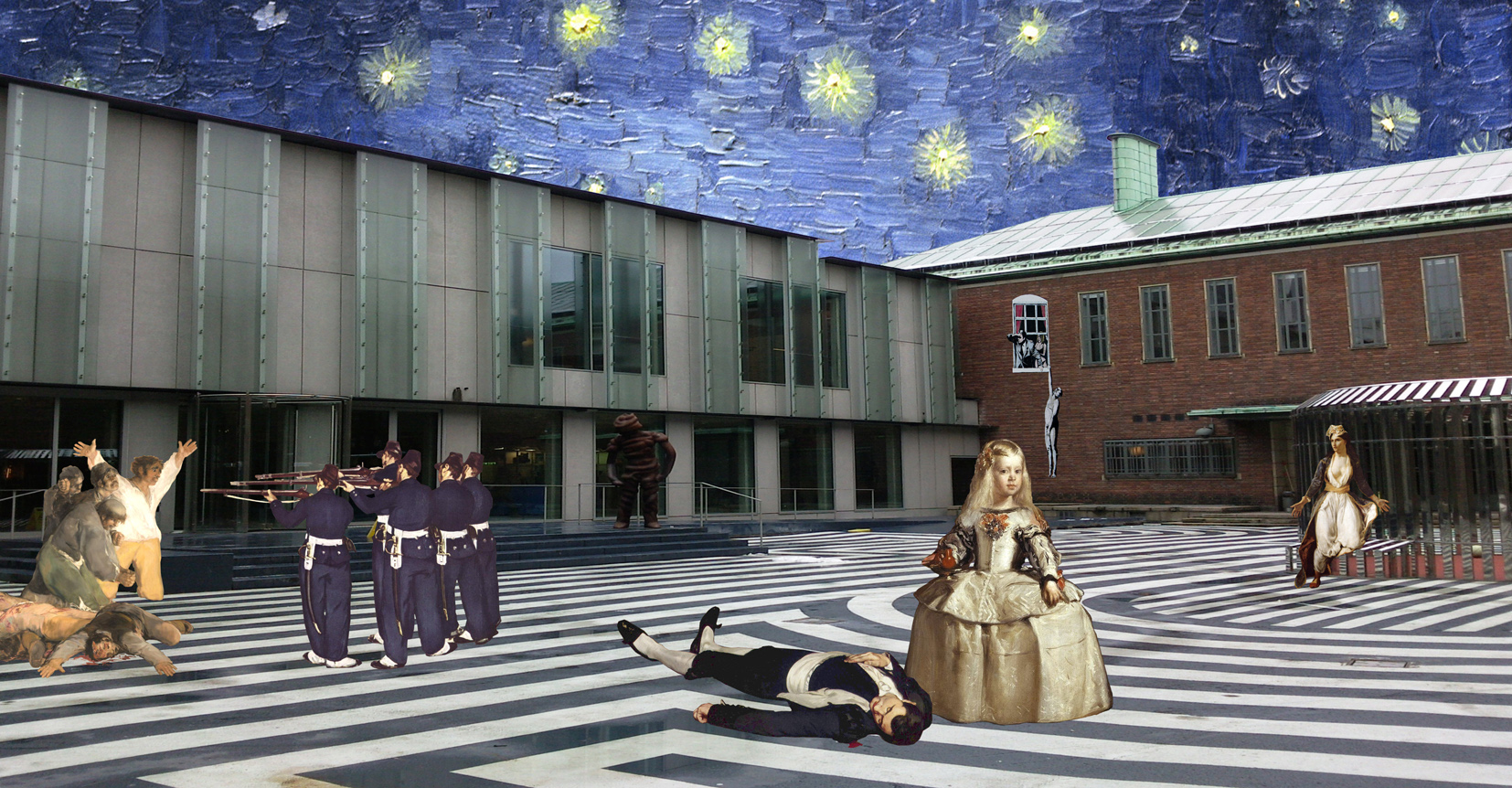
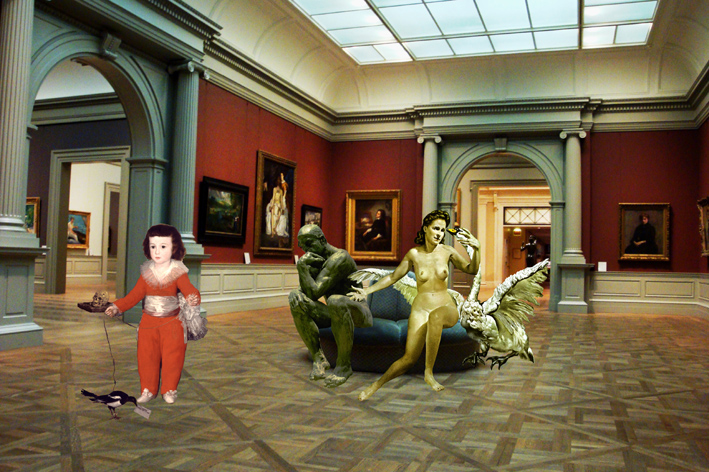
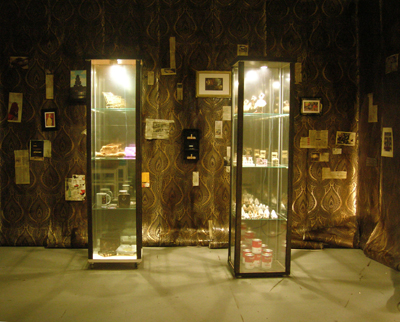
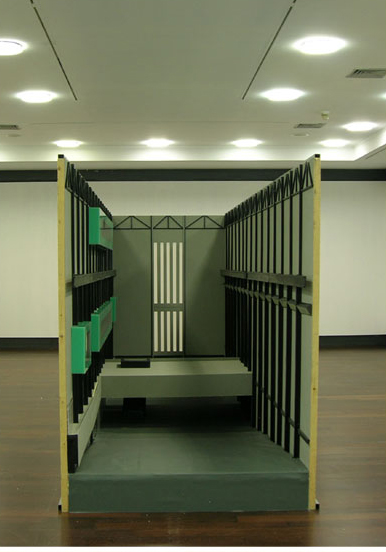

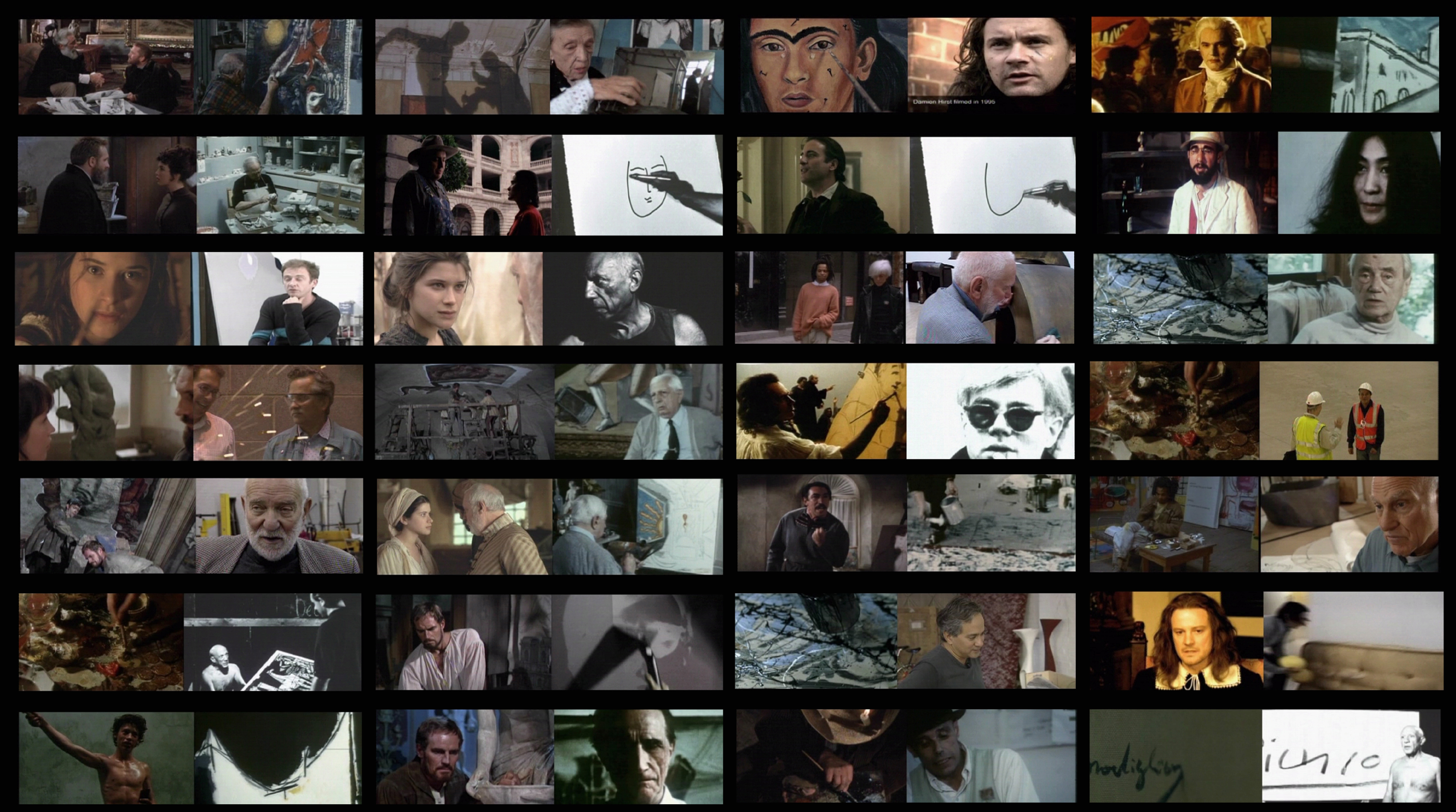
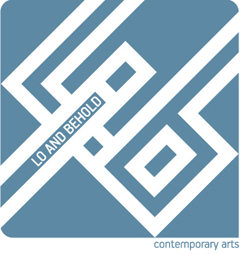



Pingback: Inside the Artist’s Studio | Workshop at Deree, the American College of Greece | Art21 Blog